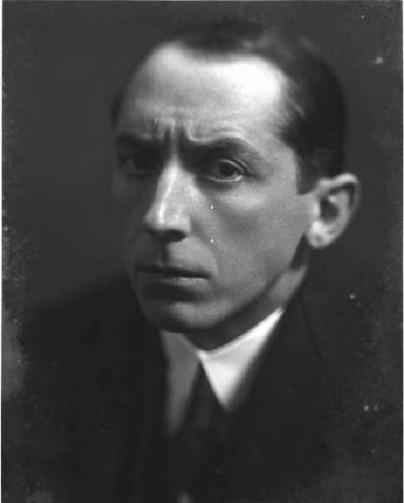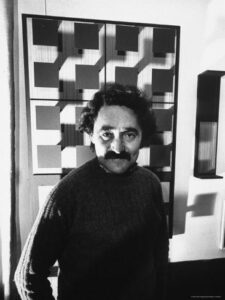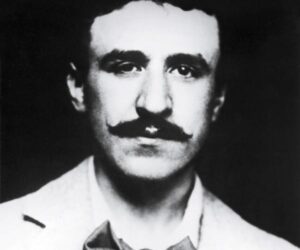Umberto Boccioni- Introduction: At a glance
Umberto Boccioni, an Italian artist and sculptor, played a pivotal role in the development of the Futurist movement during the early 20th century. Born in 1882 in Italy, Boccioni’s innovative approach to art and his exploration of the concept of movement revolutionized the artistic landscape of the time.
Boccioni’s artistic journey began with his studies at the Academy of Fine Arts in Rome and later at the Accademia di Belle Arti in Milan. Initially influenced by Post-Impressionism, he later embraced the Futurist philosophy, which celebrated the dynamism and energy of modern life. Boccioni became one of the movement’s leading theorists and artists, advocating for the fusion of art with technology and the rejection of traditional artistic conventions.
Boccioni’s artistic style was characterized by his dynamic compositions and the representation of movement. He sought to capture the essence of speed, energy, and urban modernity in his works. Through a combination of bold brushwork, fragmented forms, and the use of intersecting planes, he conveyed a sense of motion and the transitory nature of existence.
One of Boccioni’s most famous works, “Unique Forms of Continuity in Space” (1913), exemplifies his mastery of sculptural expression. The piece portrays a fluid, streamlined figure in motion, encapsulating the Futurist vision of dynamic, evolving forms. It has become an iconic representation of the movement and Boccioni’s artistic legacy.
Tragically, Boccioni’s life was cut short when he died at the age of 33 in 1916 during World War I. Despite his premature death, his contributions to the Futurist movement and the avant-garde art world remain significant. His theories and artistic innovations laid the foundation for future generations of artists, influencing movements such as Constructivism and even contemporary art practices.
Umberto Boccioni’s revolutionary approach to art and his exploration of movement and dynamism continue to inspire and captivate audiences today. His legacy as a visionary artist and a key figure of the Futurist movement solidifies his place in the annals of art history, reminding us of the transformative power of art to reflect and shape the world we inhabit.
Umberto Boccioni- 3 Frequently asked questions
1. If I want to know everything about this Futurism artist, then which category should I select to this?
If you want to know everything (Biography of Umberto Boccioni) means basic things about Umberto Boccioni, then you should know the following items:
Type Umberto Boccioni Wikipedia and read these sections: Development of Futurism, Three Women, 19contentos9–1contentos & Unique Forms of Continuity in Space
You may also search: (Umberto Boccioni artandcrafter.com). Our website would give you information– Biography of Umberto Boccioni, short notes of Umberto Boccioni, etc.
2. What are some interesting facts about Umberto Boccioni?
10 lines Wikipedia
3. What do you love and hate the most about Umberto Boccioni?
YouTube Summary
This categorization has been done according to Wikipedia data:- (Futurism + Umberto Boccioni)
If you find something wrong about Umberto Boccioni, you may contact us through our comment section.
Umberto Boccioni is the artist of Futurism movement, and this comparison has been made with these artists- Alphonse Mucha, Ammi Phillips, André Breton, Bridget Riley, and Carel Willink.
And also you can compare artworks such as “The City Rises,” “Unique Forms of Continuity in Space,” “States of Mind I: The Farewells,” “Dynamism of a Cyclist” and “Dynamism of a Soccer Player” with other Futurism artists.
Everything is given on this website: Search, read, and compare!
Other artists
Umberto Boccioni was an Italian painter and sculptor associated with the Futurism movement. Here are some notable artists who were contemporaries or had connections with Boccioni:
- Giacomo Balla (1871-1958): Italian painter and prominent figure of Futurism known for his dynamic and abstract representations of motion.
- Gino Severini (1883-1966): Italian painter and key member of the Futurist movement, known for his vibrant compositions and interest in depicting movement and modernity.
- Carlo Carrà (1881-1966): Italian painter and writer who, along with Boccioni, co-authored the “Futurist Manifesto” and played a significant role in the development of Futurism.
- Luigi Russolo (1885-1947): Italian painter, musician, and theorist who was associated with the Futurist movement and known for his interest in noise and sound in art.
- Antonio Sant’Elia (1888-1916): Italian architect and a key figure in the Futurist architectural movement. He collaborated with Boccioni on architectural projects and shared a similar vision of dynamic and futuristic urban spaces.
These artists, along with Boccioni, contributed to the development and promotion of the Futurist movement, pushing the boundaries of artistic expression and exploring themes of speed, technology, and modernity.
Umberto Boccioni- Personal life
Umberto Boccioni, the Italian artist and sculptor associated with the Futurist movement, had a fascinating personal life that intertwined with his artistic journey. Born on October 19, 1882, in Reggio Calabria, Italy, Boccioni was the eldest of four children.
Boccioni’s family moved to Rome when he was still young, and it was there that he began his formal art education. Later, he relocated to Milan to attend the Accademia di Belle Arti, where he studied under prominent artists and honed his skills. It was during this time that Boccioni encountered Filippo Tommaso Marinetti, the founder of the Futurist movement, who had a profound impact on the young artist.
In addition to his artistic pursuits, Boccioni also had a keen interest in philosophy and literature. He engaged with various intellectual circles, expanding his knowledge and broadening his artistic horizons. Boccioni’s voracious appetite for learning allowed him to develop a unique artistic vision that merged theory and practice.
Boccioni’s personal life, however, was tragically cut short. At the outbreak of World War I in 1914, he enlisted in the Italian army. During his military service, Boccioni tragically died on August 17, 1916, as a result of a riding accident.
Despite his untimely death, Boccioni’s artistic legacy continues to influence and inspire artists around the world. His contributions to the Futurist movement, his exploration of movement and dynamism, and his willingness to challenge artistic conventions left an indelible mark on the art world.
Umberto Boccioni’s personal life may have been brief, but his dedication to his craft and his intellectual pursuits continue to resonate. His innovative spirit and artistic vision, coupled with his untimely demise, imbue his work with a sense of poignancy and remind us of the enduring impact of his artistic contributions.
Umberto Boccioni- Works
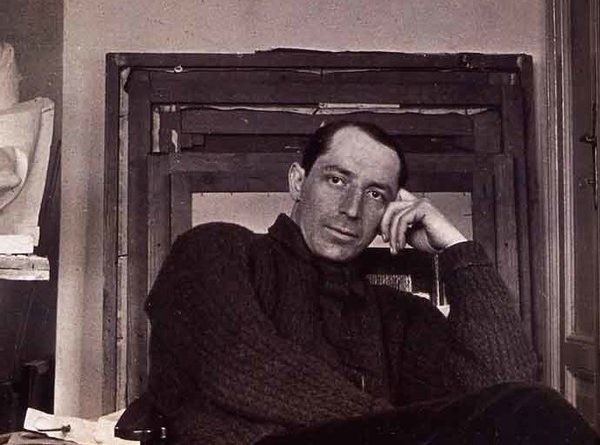
Here are some notable works by Umberto Boccioni , an Italian painter and sculptor associated with the Futurist movement:
- “The City Rises” (1910): A dynamic and monumental painting depicting a construction site, embodying the energy and progress of the modern urban environment.
- “Unique Forms of Continuity in Space” (1913): An iconic bronze sculpture representing a dynamic, abstracted figure in motion, capturing the essence of Futurist ideals.
- “Development of a Bottle in Space” (1912): A series of drawings and studies exploring the movement and transformation of an object in space, highlighting Boccioni’s interest in the relationship between form and motion.
- “States of Mind” series (1911-1912): A group of paintings portraying different emotional and psychological states through fragmented and overlapping forms, reflecting the influence of Cubism on Boccioni’s work.
- “Dynamism of a Cyclist” (1913): A painting depicting a cyclist in motion, exemplifying the Futurist fascination with speed, technology, and the modern urban experience.
These works exemplify Boccioni’s exploration of movement, energy, and the interplay between the human figure and the environment. Boccioni’s art played a significant role in shaping the visual language of the Futurist movement and its celebration of dynamism and modernity.
You would know the following things
In this article: You would know the following things- Categories
Biography | Notes | Artworks:- In this article, you would read the biography of Umberto Boccioni, Umberto Boccioni short notes along with top artworks. This page would provide you with Umberto Boccioni history that is very easy to read.
Life, paintings | contribution:-This article covers the whole life of Umberto Boccioni in one go, the main contribution of this Futurism artist, famous paintings such as “The City Rises,” “Unique Forms of Continuity in Space,” and “States of Mind I: The Farewells”.
Short notes | Know everything:-If you are a/an Futurism student and there is a requirement to study everything such as Futurism history, artists of Futurism, their main contribution along with their comparison. Then this article on Umberto Boccioni is perfect for you.
Facts | Overview | whole life:-This article summarizes the life of this Futurism artist through YouTube video. Artworks of Umberto Boccioni have been demonstrated in this article. Information is in video form.
Umberto Boccioni- Publications

- “Manifesto of Futurist Painters” (1910): Boccioni co-authored this manifesto with other Futurist artists, outlining their vision for a new art form that celebrated technology, speed, and modernity.
- “Futurist Painting: Technical Manifesto” (1910): Boccioni contributed to this manifesto, which elaborated on the technical aspects and principles of Futurist painting, emphasizing dynamism and movement.
- “The Sculpture of the Futurist Universe” (1914): Boccioni’s essay discussed the role of sculpture in the Futurist movement, exploring the use of materials, forms, and themes to capture the dynamic spirit of modern life.
- “Technical Manifesto of Futurist Sculpture” (1912): Boccioni contributed to this manifesto, which focused on the theoretical and technical aspects of creating sculptural works that embodied the principles of Futurism.
Please note that the above publications represent some of Boccioni’s notable writings associated with the Futurist movement. There may be additional writings, essays, or contributions by Boccioni that have not been listed here.
Umberto Boccioni- Relation with Futurism
The artworks of this Futurism artist explore the relationship between celebrity culture and artistic expression.
Umberto Boccioni is a leading figure among the artist of Futurism, and there are so many artworks such as “The City Rises,” “Unique Forms of Continuity in Space,” “States of Mind I: The Farewells” wherein Umberto Boccioni had also played important role passively.
Umberto Boccioni questioned the distinction between everyday objects (Related to other Futurism paintings) and art objects (Related to Futurism movement).
The artworks of this artist show attributes of Contemporary art, Modernism, Neoclassicism.
Because Contemporary art has given intellectual support to this artist and Modernism provides subject matter, and Neoclassicism gives the way of artistic expression to the Umberto Boccioni.
Umberto Boccioni is counted among the pioneers of this Futurism art movement.
Because this artist has given many artworks such as “The City Rises,” “Unique Forms of Continuity in Space,” “States of Mind I: The Farewells,” “Dynamism of a Cyclist” and “Dynamism of a Soccer Player” etc.
Artworks of Umberto Boccioni represent the deep connection between Futurism and other art movements.
The later work of this Futurism artist represents societal and artistic subjects.
Some people say that Umberto Boccioni had dedicated Futurism career to advertising and commercial art.
And when this artist got success in Futurism art movement then came back to the artistic world. “The City Rises” is another notable work (contributory) of this artist.
This article name is– Umberto Boccioni – Life, paintings, contribution, death- Easy explanation.
1. Contemporary art
Art created in the present time, reflecting the diverse range of artistic practices, mediums, and ideas of our era.

2. Modernism
Artistic and cultural movement of the late 19th to mid-20th century. Emphasized innovation, experimentation, and a break from traditional conventions.
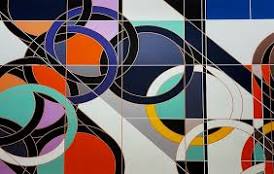
3. Neoclassicism
Art movement of the 18th and 19th centuries. Inspired by classical antiquity, it emphasized rationality, simplicity, and order in art and architecture.

Umberto Boccioni- Paintings/Artworks
1. The City Rises

Umberto Boccioni had made this attractive artwork which name is “PAINTOS,” and the creation date of this artwork is DATOS. The genre of this painting is- GENROS. It is a costly painting in this category…
2. Unique Forms of Continuity in Space
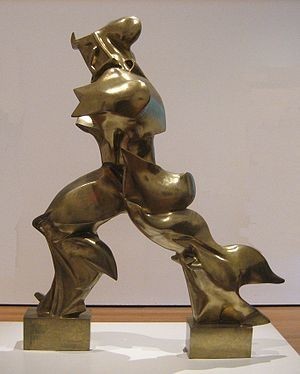
Umberto Boccioni had made this attractive artwork which name is “PAINTOS,” and the creation date of this artwork is DATOS. The genre of this painting is- GENROS. It is a costly painting in this category…
3. States of Mind I: The Farewells

Umberto Boccioni had made this attractive artwork which name is “PAINTOS,” and the creation date of this artwork is DATOS. The genre of this painting is- GENROS. It is a costly painting in this category…
4. Dynamism of a Cyclist
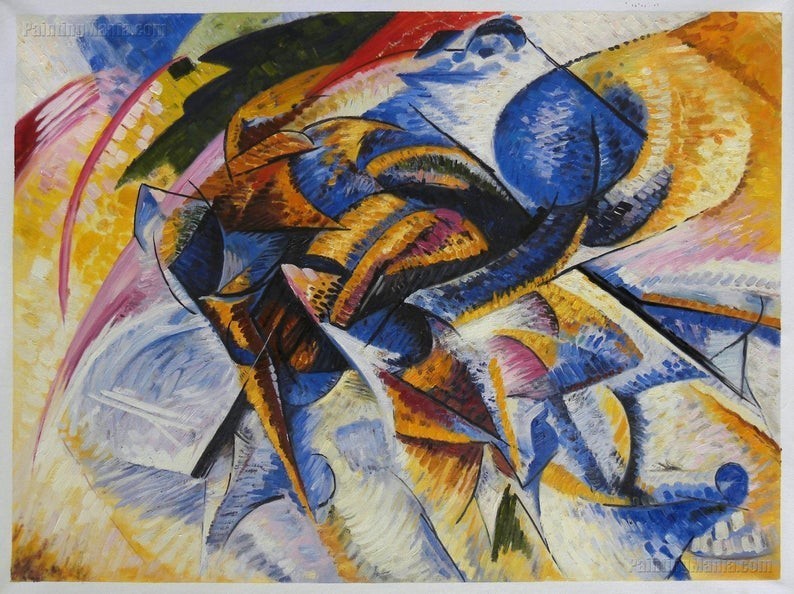
Umberto Boccioni had made this attractive artwork which name is “PAINTOS,” and the creation date of this artwork is DATOS. The genre of this painting is- GENROS. It is a costly painting in this category…
5. Dynamism of a Soccer Player
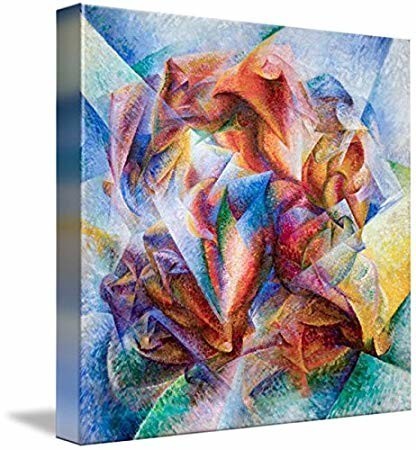
Umberto Boccioni had made this attractive artwork which name is “PAINTOS,” and the creation date of this artwork is DATOS. The genre of this painting is- GENROS. It is a costly painting in this category…
Umberto Boccioni- Other artists of this Art
Both options are available: Our website artandcrafter.com and Wikipedia.org
| 1. Umberto Boccioni | Artandcrafter.com | Wikipedia.org |
| 2. Giacomo Balla | Artandcrafter.com | Wikipedia.org |
| 3. Carlo Carrà | Artandcrafter.com | Wikipedia.org |
| 4. Gino Severini | Artandcrafter.com | Wikipedia.org |
| 5. Aleksandra Ekster | Artandcrafter.com | Wikipedia.org |

